Canonical URLs are a core Technical SEO strategy to manage duplicate content and guide search engines. By designating a primary URL using redirects, webmasters ensure search crawlers index the most relevant page, improving website architecture and rankings on SERPs. Implementing canonical tags effectively involves identifying authoritative content, placing tags in HTML code, and regularly updating them. This technique reduces duplicate content issues, maintains link equity, and helps search engines understand website structures. Consistent redirections and absolute URLs are crucial for success. Measuring CTRs and backlinks evaluates the setup's effectiveness. Dynamic websites require robust canonical setups to handle changing content, preserving link profiles and enhancing visibility. The future of Technical SEO includes AI-driven automation, structured data integration, and schema.org markup for better search engine understanding and user experiences.
In the realm of search engine optimization (SEO), Canonical URL Setup stands as a powerful tool for enhancing website visibility. This article delves into the intricacies of canonical URLs, aiming to demystify their basic concept and underscore their crucial role in Technical SEO. We explore strategies for identifying primary versus duplicate content, providing a step-by-step guide to implementing canonical tags, and offering best practices for effective utilization. Additionally, we shed light on common mistakes to avoid, measurement techniques, advanced scenarios, and future trends in canonical URL management.
Understanding Canonical URLs: The Basic Concept
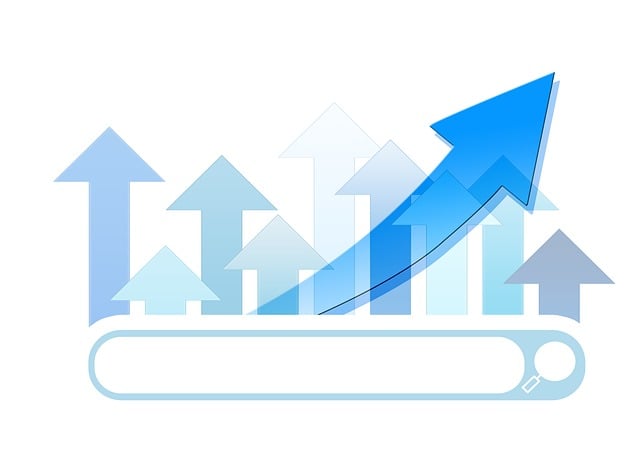
Canonical URLs are a fundamental concept in Technical SEO, serving as a way to tell search engines which version of a webpage is the “main” or “preferred” one. This is especially important when there are multiple ways to access the same content, such as through different domain variations, URL parameters, or mobile and desktop versions. By setting a canonical URL, webmasters provide clarity to search engine crawlers, helping them understand which page should be indexed and ranked for specific keywords.
This process involves specifying the original or “canonical” URL that represents the exact content a webpage offers. Any alternate versions should then redirect to this canonical URL, ensuring that all links pointing to different variations direct users and search engines to the same page. This technique reduces duplicate content issues and improves overall website architecture, which are both crucial factors in achieving better visibility and rankings on search engine results pages (SERPs).
Why Canonical URL Setup is Crucial for Technical SEO

In today’s digital landscape, where websites compete for visibility and user attention, a robust Technical SEO strategy is non-negotiable. One integral component of this strategy is the Canonical URL Setup. This setup acts as a roadmap for search engines, ensuring they understand which version of a webpage is the primary or “canonical” one. By implementing canonical tags, webmasters can reduce duplicate content issues and provide clear guidance to search engine crawlers.
Duplicate content can significantly hinder Technical SEO efforts by causing confusion among search engines, leading to poor indexing and potentially lower rankings. Canonical URLs help resolve this problem by telling search engines which page should be considered the original or preferred version. This setup is crucial for maintaining the integrity of a site’s backlink profile, as it ensures that links are attributed accurately, enhancing overall authority and visibility in search engine results.
Identifying Primary vs. Duplicate Content

In the realm of Technical SEO, one of the critical steps in optimizing a website is distinguishing between primary and duplicate content. This distinction is vital for search engines to understand the structure and purpose of your site’s pages. Primary content refers to the original, unique information that offers substantial value to users. It is the definitive source of truth on a particular topic, typically located on the most relevant and authoritative page. On the other hand, duplicate content are near-identical or replicated pieces of information found across multiple URLs. This can occur due to various reasons like server errors, multiple versions of a page, or syndicated content. Identifying and addressing duplicate content is essential to prevent search engines from considering these as separate entities, ensuring that your website’s authority and ranking potential are maximized.
When setting up a Canonical URL strategy, the goal is to direct search engines to the primary version of each piece of content while devaluing duplicates. This helps in avoiding penalties for duplicate content and ensures that the effort put into creating high-quality, original content is properly recognized. By implementing proper canonical tags, you provide clear signals to search engine crawlers, allowing them to index and rank your pages more efficiently.
Implementing Canonical Tags: Step-by-Step Guide
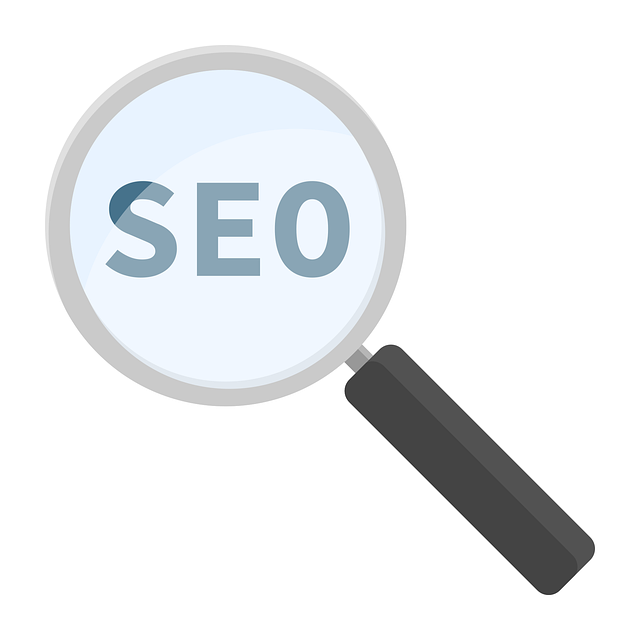
Implementing canonical tags is a crucial step in any comprehensive Technical SEO strategy. Canonical URLs help to address duplicate content issues, ensuring search engines understand which version of a page should be indexed. This process involves several steps to ensure accuracy and effectiveness.
First, identify the main or preferred URL for each piece of content you want to canonicalize. This is typically the most complete and authoritative version of a page. Next, add a “ tag within the “ section of your HTML code. The tag should point to the chosen canonical URL using the `href` attribute. Verify that this tag is correctly implemented across all relevant pages. Regularly review and update these tags as content changes or new versions are published, maintaining consistent and accurate signals for search engines.
Best Practices for Using Canonical URLs Effectively
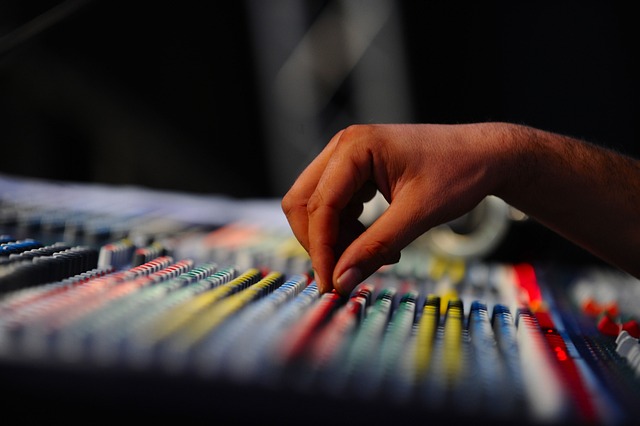
Implementing canonical URL structures is a powerful technique for enhancing Technical SEO. When done right, it helps search engines understand your website’s structure and index pages accurately, reducing duplicate content issues. A best practice is to use canonical URLs for internal links, especially when referring to the same resource from different variations or pages with minor differences in URL structure. This ensures that link equity is passed effectively and avoids confusion for search engine crawlers.
Additionally, ensuring consistency in your use of canonical tags is key. Maintain a centralized system to manage these tags, keeping them up-to-date as your website evolves. Test your canonical setup regularly using SEO tools to verify the correct signals are being sent to search engines. Remember that each page’s unique context should have its own dedicated canonical URL, tailored to its specific content and purpose.
Common Mistakes to Avoid During Canonical Setup
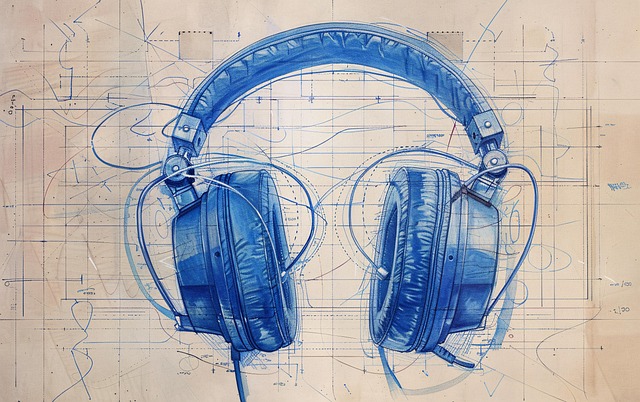
When setting up canonical URLs, a common pitfall is ignoring the importance of consistent and accurate redirections. Every time a page is moved or renamed, it’s crucial to update the corresponding canonical URL to avoid broken links and maintain search engine visibility. Neglecting this can lead to scattered authority signals, causing confusion for both search engines and users.
Another mistake to steer clear of is using relative URLs instead of absolute ones as canonicals. Absolute URLs provide context by including the full web address, ensuring that search engines understand the true source of the content. Using relative paths might work for internal linking but can be problematic when it comes to inter-domain canonicalization, leading to incorrect interpretation and potential ranking issues within Technical SEO.
Measuring Success: Tracking Canonical URL Performance
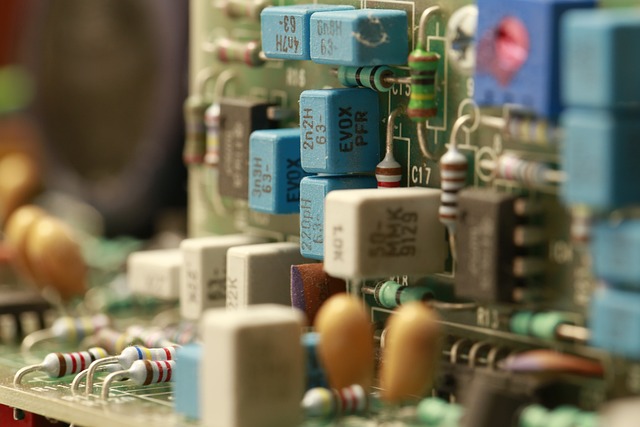
Measuring success is a critical aspect of any Canonical URL setup, as it allows for a deep understanding of how well this strategy is performing from a Technical SEO perspective. By tracking key metrics, site owners and SEO professionals can gauge the effectiveness of canonical tags in reducing duplicate content issues and improving search engine visibility. Tools like Google Search Console and analytics platforms offer valuable insights into the behavior of canonical URLs.
For instance, monitoring click-through rates (CTRs) from search results can reveal how often users interact with the linked canonical URL, indicating its appeal and relevance. Additionally, tracking backlinks pointing to the canonical version helps assess the overall health of the link profile. A steady or increasing number of quality backlinks reinforces the authority of the canonical URL, leading to better rankings in search engine results pages (SERPs). This data-driven approach enables continuous optimization, ensuring that the Canonical URL setup remains efficient and aligned with search engines’ guidelines.
Advanced Scenarios: Canonical URLs and Dynamic Websites

In dynamic websites, where content is generated on-the-fly and may change frequently, implementing a proper Canonical URL setup becomes even more critical for Technical SEO. These sites often face challenges related to duplicate content, as each visitor request might result in different content delivery. To overcome this, webmasters can employ canonical tags strategically. By identifying the preferred version of a dynamic page using unique parameters or query strings and assigning it as the canonical URL, search engines can understand the intended master copy, thereby reducing duplicate content issues and enhancing overall site architecture.
For instance, an e-commerce platform might serve product pages with different sorting options or filter settings. By canonicalizing these variations to a single, master URL, you ensure that only one version of the page is indexed by search engines, maintaining the integrity of your website’s link profile and improving its overall visibility in search results. This meticulous approach to Technical SEO ensures that dynamic websites are not only crawlable but also presented accurately to both users and search engine crawlers.
Future Trends in Canonical URL Management

As technology evolves, so does the landscape of search engine optimization (Technical SEO). One area that is seeing significant shifts is canonical URL management. With the rise of dynamic content and complex web architectures, maintaining a clear and concise sitemap becomes increasingly vital for search engines to accurately index and understand websites. Future trends suggest a more sophisticated approach to handling canonical URLs, leveraging advanced machine learning algorithms to automatically identify and resolve duplicate content issues.
Artificial intelligence (AI) will play a pivotal role in predicting user intent and serving the most relevant content, further streamlining the process. Additionally, we can expect enhanced integration between canonical URL management and other Technical SEO strategies, such as structured data markup and schema.org, enabling search engines to extract more comprehensive information from web pages, ultimately improving the overall user experience and boosting website visibility in search results.
